TECHNOLOGY
The Untold Secret of How Machine Learning is Revolutionizing Businesses Worldwide
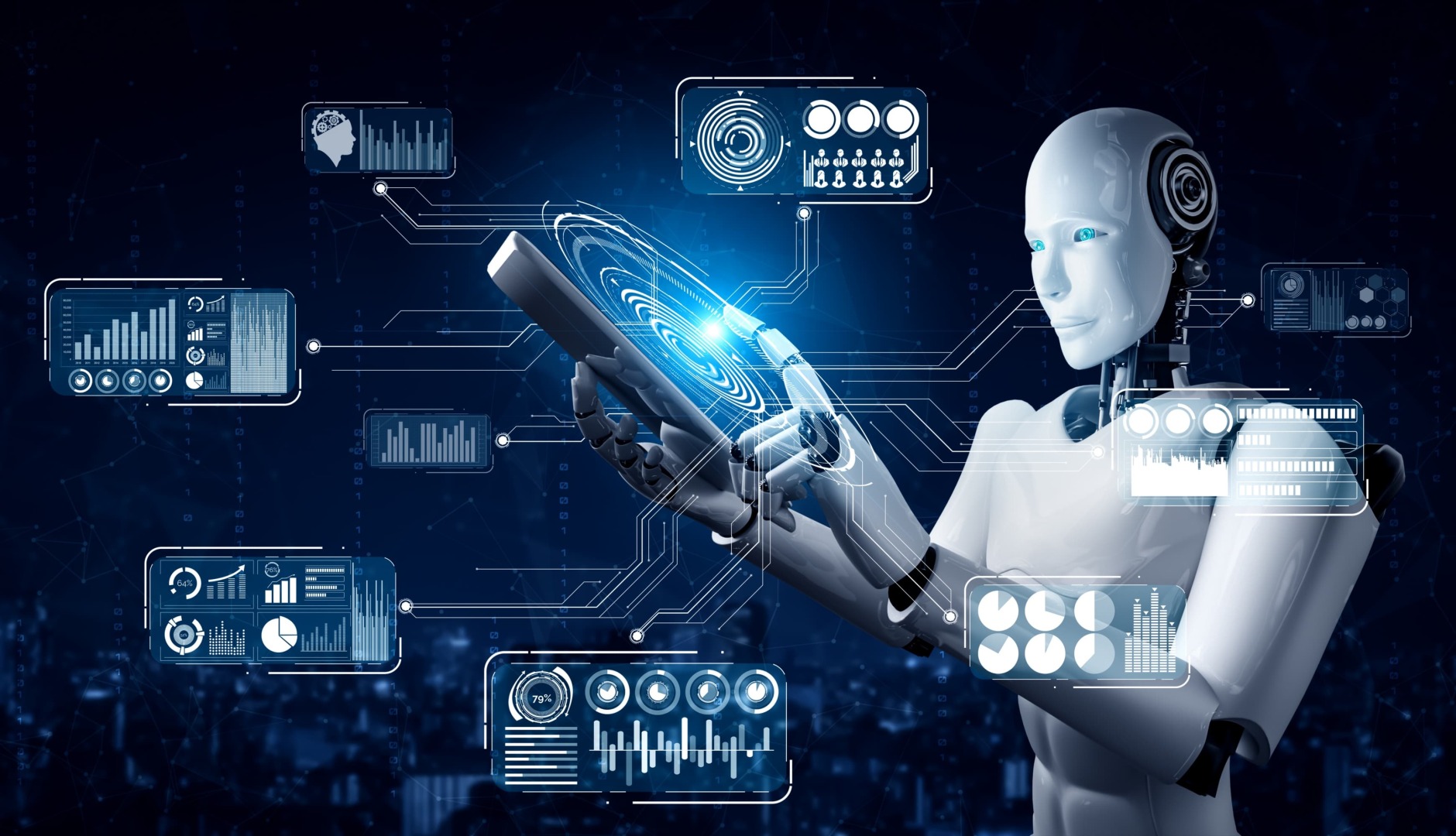
The Untold Secret of How Machine Learning is Revolutionizing Businesses Worldwide
Machine learning is an exciting field of study that has revolutionized many industries in recent years.
It has helped businesses of all sizes to automate processes, improve decision-making, and gain insights from vast amounts of data. However, the success of machine learning is not solely due to the technology itself. In this article, we’ll explore the secret of machine learning’s success and discuss how businesses can benefit from it.
What is Machine Learning?
Machine learning is a subset of artificial intelligence that enables machines to learn from data and make decisions based on that data. It involves training a machine learning model with large amounts of data and then using that model to make predictions or decisions on new data.
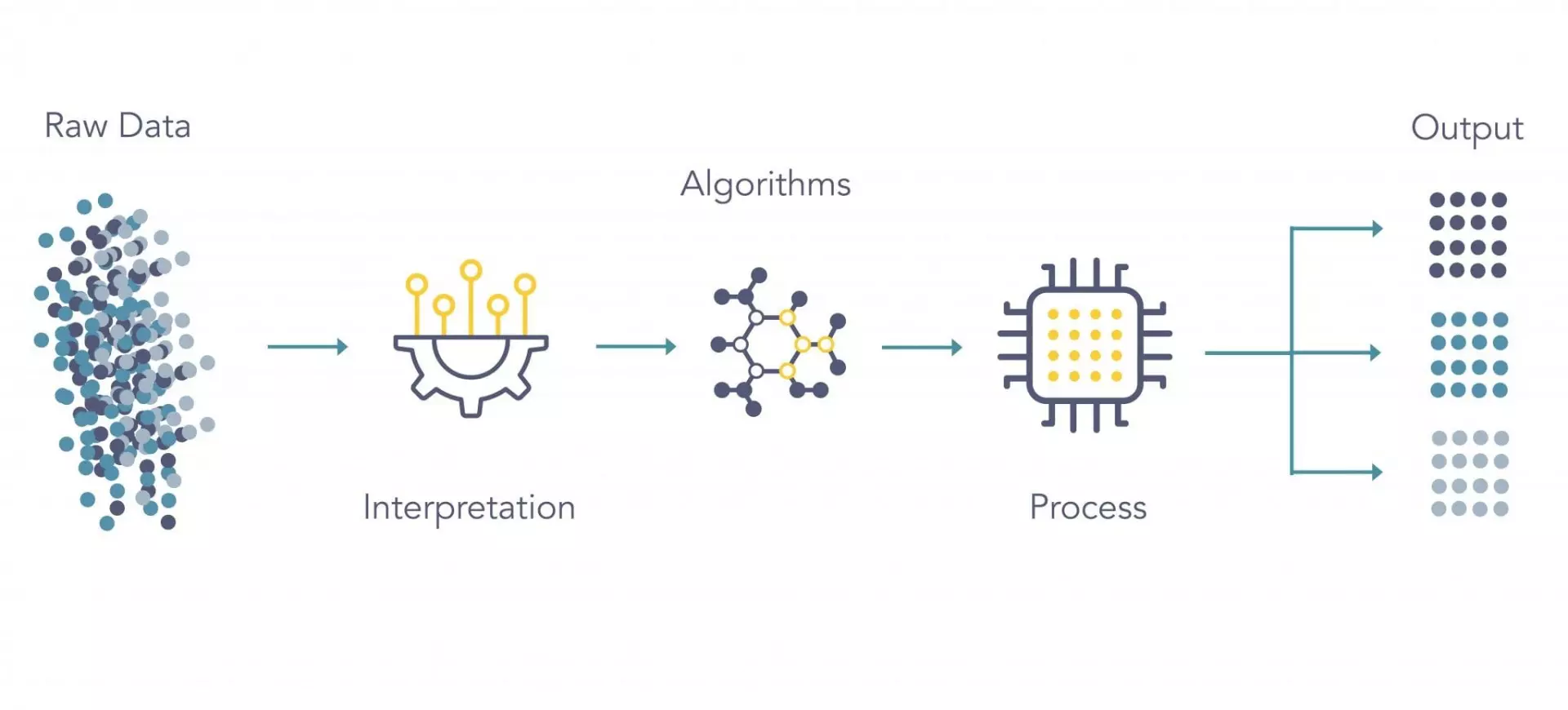
Source: Thomas Malone | MIT Sloan
There are three main types of machine learning: supervised learning, unsupervised learning, and reinforcement learning.
Supervised learning is when the model is trained on labeled data, meaning that the correct output is known for each input. For example, a supervised learning model could be trained to recognize images of cats and dogs by being shown labeled examples of each.
Unsupervised learning, on the other hand, is when the model is trained on unlabeled data, meaning that the correct output is not known. Instead, the model must find patterns and relationships within the data on its own. For example, an unsupervised learning model could be used to group customers based on their purchasing habits.
Reinforcement learning is when the model learns through trial and error. The model is rewarded for making correct decisions and penalized for making incorrect decisions. Over time, the model learns to make better decisions based on the rewards and penalties it receives.
The Secret of Machine Learning’s Success
The secret of machine learning’s success lies in its ability to automate complex tasks that would otherwise be too time-consuming or difficult for humans to perform. Machine learning algorithms can process large amounts of data quickly and accurately, making it possible to identify patterns and relationships that would be difficult to spot using traditional methods.
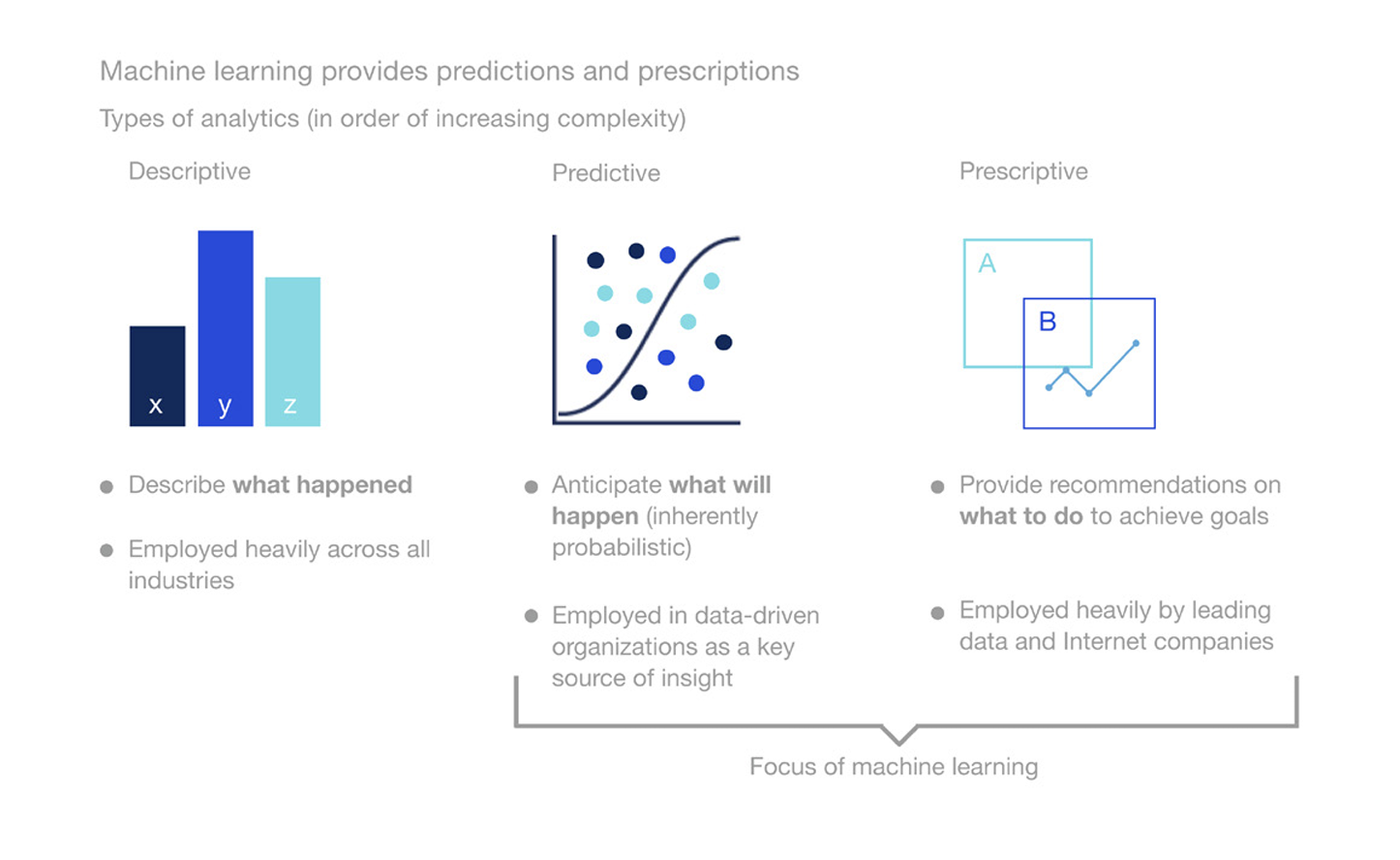
Another key factor in machine learning’s success is its ability to learn and adapt over time. As more data is fed into the model, it becomes more accurate and better able to make predictions or decisions. This makes it an ideal tool for businesses that need to analyze large amounts of data on an ongoing basis.
Benefits of Machine Learning for Organizations
There are many benefits to using machine learning in business.
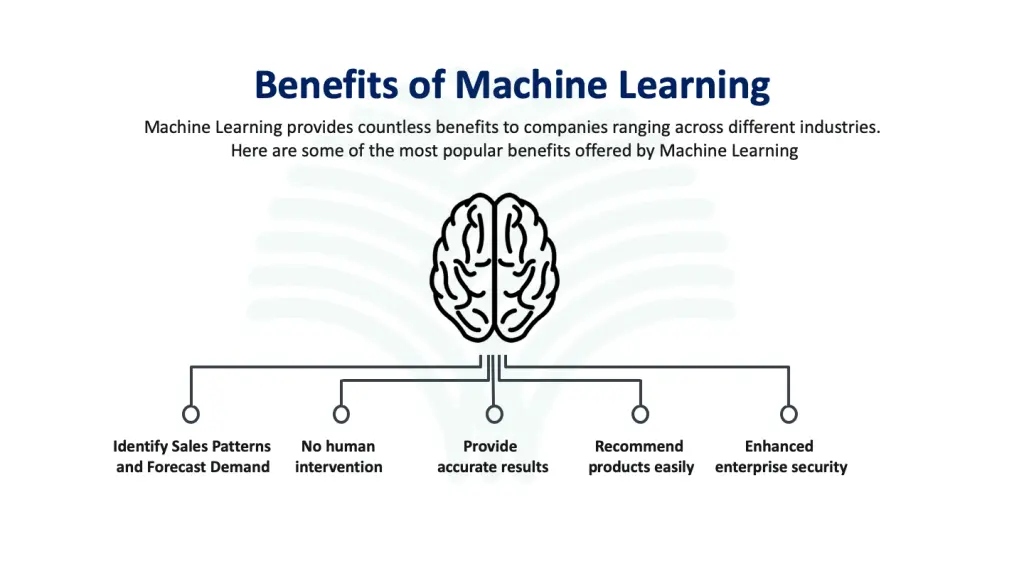
Here are just a few:
-
Automating Processes: Machine learning can be used to automate repetitive tasks, freeing up employees to focus on more complex and creative work. This can save time and reduce errors, leading to increased efficiency and productivity.
-
Improved Decision-Making: Machine learning can help businesses make better decisions by analyzing large amounts of data and identifying patterns and trends. This can lead to better insights and more informed decision-making.
-
Personalization: Machine learning can be used to personalize products and services based on customer preferences and behavior. This can lead to increased customer satisfaction and loyalty.
-
Fraud Detection: Machine learning can be used to detect fraudulent activity, such as credit card fraud or identity theft. This can save businesses money and protect their customers.
-
Predictive Maintenance: Machine learning can be used to predict when equipment is likely to fail, allowing for proactive maintenance and minimizing downtime.
-
Marketing Optimization: Machine learning can be used to optimize marketing campaigns by analyzing customer data and identifying the most effective marketing channels and messaging.
Challenges of Machine Learning
While machine learning has many benefits, there are also some challenges to consider.
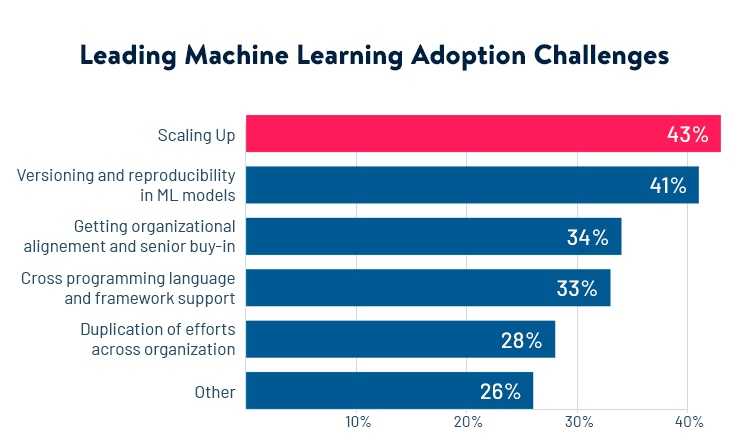
One of the biggest challenges is the need for large amounts of high-quality data to train the model. Without enough data, the model may not be able to make accurate predictions or decisions.
Another challenge is the need for specialized skills and expertise to develop and implement machine learning solutions. Businesses may need to hire data scientists or machine learning engineers to build
and maintain their machine learning models. These professionals can be expensive to hire, and there is currently a shortage of qualified candidates in the job market.
Interpretability is another challenge in machine learning. Machine learning models can be complex and difficult to understand, making it hard to explain how they arrived at a particular decision or prediction. This can be problematic in industries where transparency and accountability are important, such as healthcare or finance.
Privacy and security are also major concerns in machine learning. The data used to train machine learning models may contain sensitive information, such as personal or financial data. There is a risk that this data could be breached or misused, leading to privacy violations or security breaches.
Finally, there is a risk of bias in machine learning. If the training data is biased, the model will also be biased, potentially leading to unfair or discriminatory decisions. This is a particularly important issue in areas such as hiring, lending, and criminal justice.
How to Implement Machine Learning in Your Business
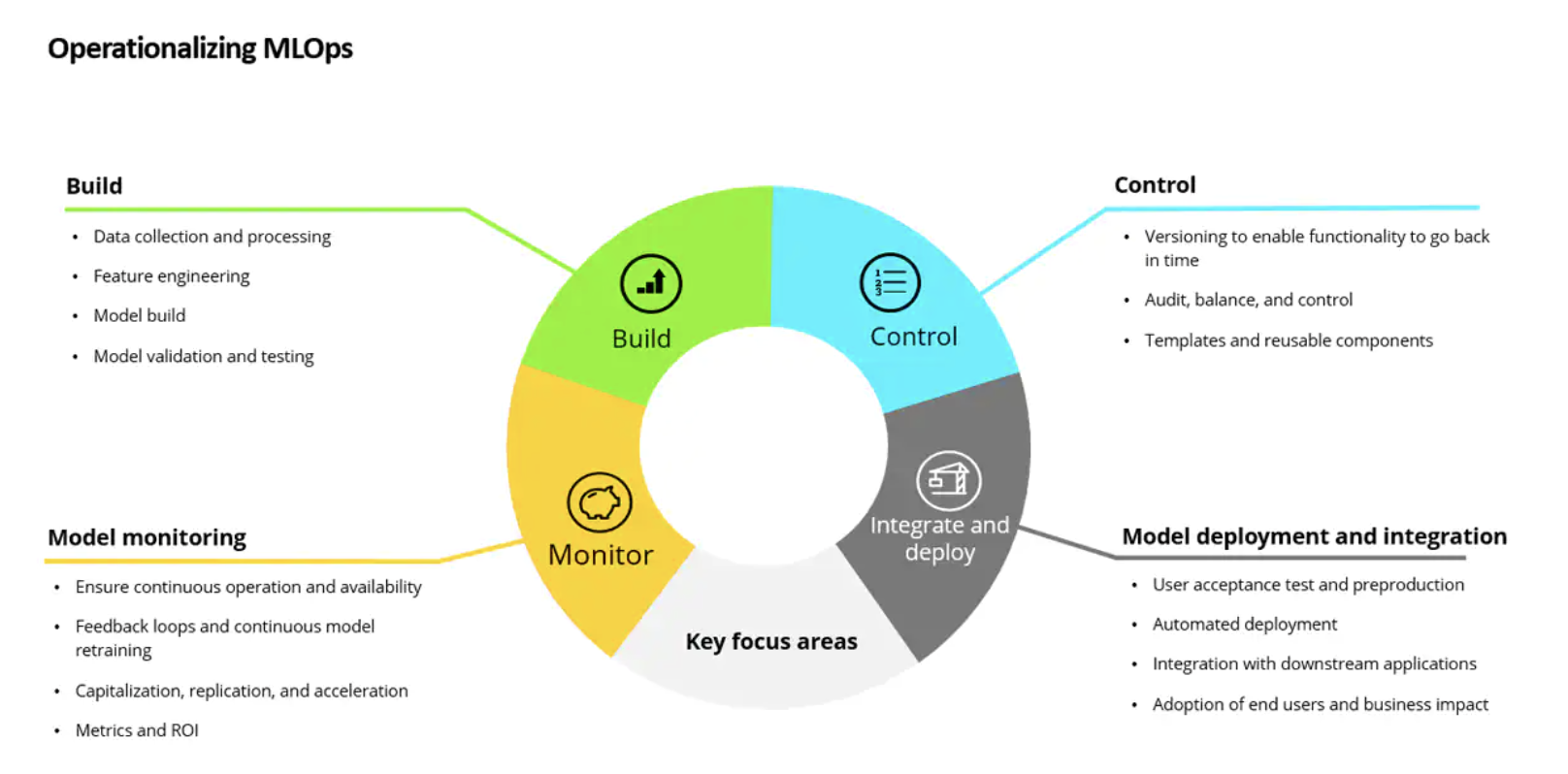
If you’re interested in implementing machine learning in your business, here are some steps to follow:
-
Identify the problem: Start by identifying a problem in your business that machine learning could help solve. For example, you might want to automate a repetitive task or improve decision-making.
-
Gather data: Gather the data you’ll need to train your machine learning model. This may involve collecting new data or using existing data that you have on hand.
-
Choose a model: Choose the type of machine learning model that is best suited to your problem. Consider factors such as the type of data you have and the complexity of the problem.
-
Train the model: Train your machine learning model using the data you have collected. This may involve using specialized software or working with a data scientist or machine learning engineer.
-
Test and validate: Test your model to ensure that it is accurate and effective. You may need to make adjustments or fine-tune the model based on the results.
-
Deploy the model: Once your model is trained and validated, deploy it in your business. This may involve integrating it into your existing systems or developing new applications.
-
Monitor and maintain: Monitor your model over time to ensure that it continues to perform effectively. You may need to update or retrain the model as new data becomes available.
What’s Next for Machine Learning?
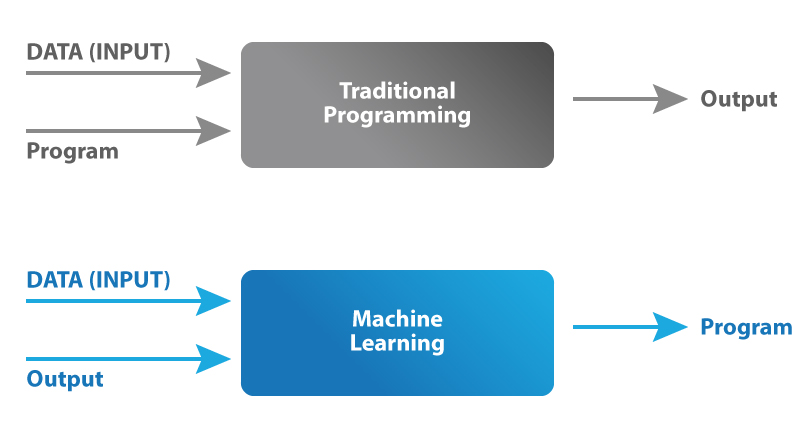
Machine learning is a powerful tool that can help businesses of all sizes to automate processes, improve decision-making, and gain insights from data. However, it is important to be aware of the challenges and potential pitfalls of machine learning, such as the need for large amounts of data, specialized skills, interpretability, privacy and security concerns, and the risk of bias.
By following best practices for implementing machine learning, businesses can overcome these challenges and reap the benefits of this exciting technology. With the right approach, machine learning can help businesses to stay competitive and drive growth in today’s data-driven economy.
TECHNOLOGY
Next-gen chips, Amazon Q, and speedy S3

AWS re:Invent, which has been taking place from November 27 and runs to December 1, has had its usual plethora of announcements: a total of 21 at time of print.
Perhaps not surprisingly, given the huge potential impact of generative AI – ChatGPT officially turns one year old today – a lot of focus has been on the AI side for AWS’ announcements, including a major partnership inked with NVIDIA across infrastructure, software, and services.
Yet there has been plenty more announced at the Las Vegas jamboree besides. Here, CloudTech rounds up the best of the rest:
Next-generation chips
This was the other major AI-focused announcement at re:Invent: the launch of two new chips, AWS Graviton4 and AWS Trainium2, for training and running AI and machine learning (ML) models, among other customer workloads. Graviton4 shapes up against its predecessor with 30% better compute performance, 50% more cores and 75% more memory bandwidth, while Trainium2 delivers up to four times faster training than before and will be able to be deployed in EC2 UltraClusters of up to 100,000 chips.
The EC2 UltraClusters are designed to ‘deliver the highest performance, most energy efficient AI model training infrastructure in the cloud’, as AWS puts it. With it, customers will be able to train large language models in ‘a fraction of the time’, as well as double energy efficiency.
As ever, AWS offers customers who are already utilising these tools. Databricks, Epic and SAP are among the companies cited as using the new AWS-designed chips.
Zero-ETL integrations
AWS announced new Amazon Aurora PostgreSQL, Amazon DynamoDB, and Amazon Relational Database Services (Amazon RDS) for MySQL integrations with Amazon Redshift, AWS’ cloud data warehouse. The zero-ETL integrations – eliminating the need to build ETL (extract, transform, load) data pipelines – make it easier to connect and analyse transactional data across various relational and non-relational databases in Amazon Redshift.
A simple example of how zero-ETL functions can be seen is in a hypothetical company which stores transactional data – time of transaction, items bought, where the transaction occurred – in a relational database, but use another analytics tool to analyse data in a non-relational database. To connect it all up, companies would previously have to construct ETL data pipelines which are a time and money sink.
The latest integrations “build on AWS’s zero-ETL foundation… so customers can quickly and easily connect all of their data, no matter where it lives,” the company said.
Amazon S3 Express One Zone
AWS announced the general availability of Amazon S3 Express One Zone, a new storage class purpose-built for customers’ most frequently-accessed data. Data access speed is up to 10 times faster and request costs up to 50% lower than standard S3. Companies can also opt to collocate their Amazon S3 Express One Zone data in the same availability zone as their compute resources.
Companies and partners who are using Amazon S3 Express One Zone include ChaosSearch, Cloudera, and Pinterest.
Amazon Q
A new product, and an interesting pivot, again with generative AI at its core. Amazon Q was announced as a ‘new type of generative AI-powered assistant’ which can be tailored to a customer’s business. “Customers can get fast, relevant answers to pressing questions, generate content, and take actions – all informed by a customer’s information repositories, code, and enterprise systems,” AWS added. The service also can assist companies building on AWS, as well as companies using AWS applications for business intelligence, contact centres, and supply chain management.
Customers cited as early adopters include Accenture, BMW and Wunderkind.
Want to learn more about cybersecurity and the cloud from industry leaders? Check out Cyber Security & Cloud Expo taking place in Amsterdam, California, and London. Explore other upcoming enterprise technology events and webinars powered by TechForge here.
TECHNOLOGY
HCLTech and Cisco create collaborative hybrid workplaces
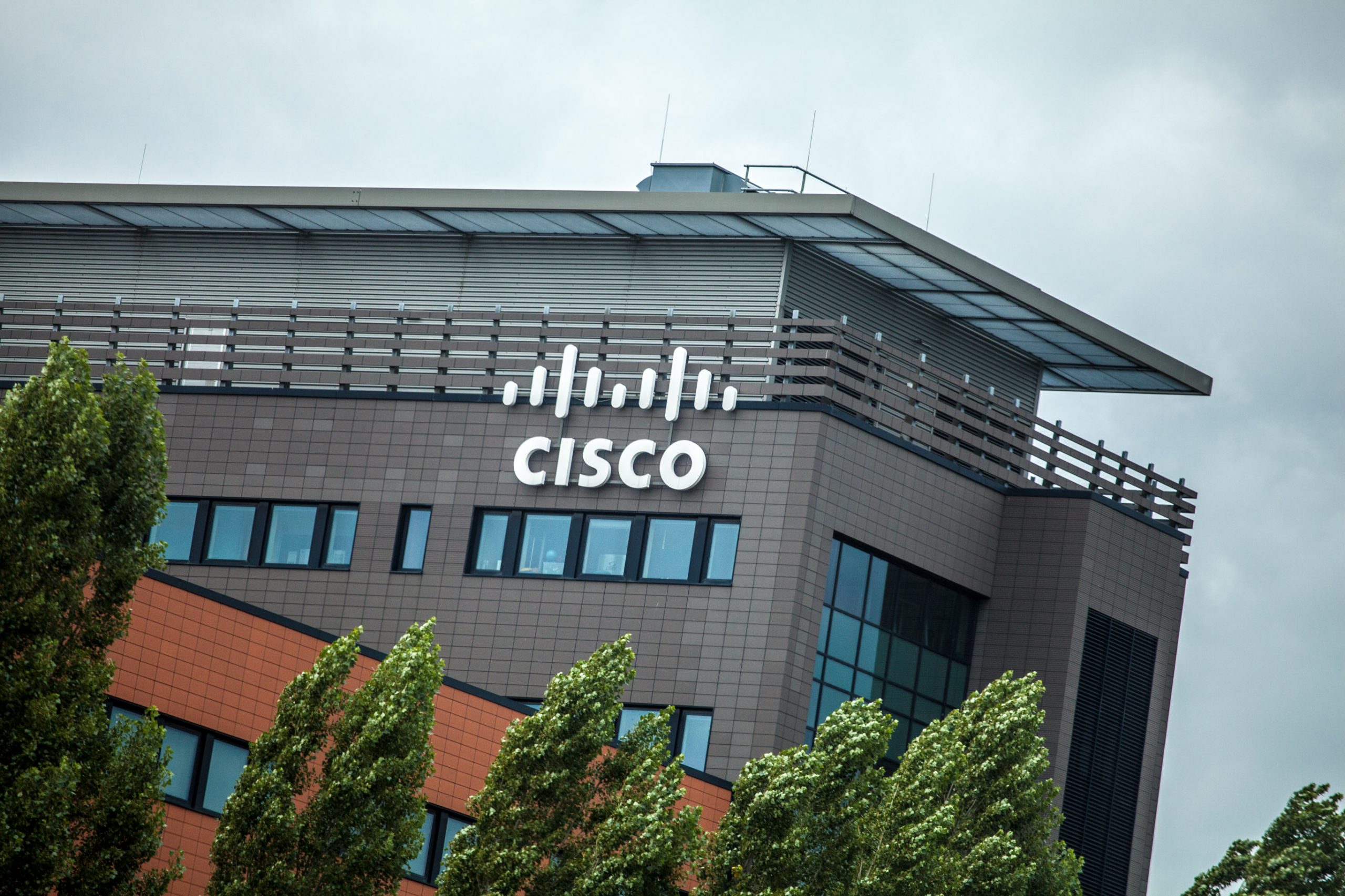
Digital comms specialist Cisco and global tech firm HCLTech have teamed up to launch Meeting-Rooms-as-a-Service (MRaaS).
Available on a subscription model, this solution modernises legacy meeting rooms and enables users to join meetings from any meeting solution provider using Webex devices.
The MRaaS solution helps enterprises simplify the design, implementation and maintenance of integrated meeting rooms, enabling seamless collaboration for their globally distributed hybrid workforces.
Rakshit Ghura, senior VP and Global head of digital workplace services, HCLTech, said: “MRaaS combines our consulting and managed services expertise with Cisco’s proficiency in Webex devices to change the way employees conceptualise, organise and interact in a collaborative environment for a modern hybrid work model.
“The common vision of our partnership is to elevate the collaboration experience at work and drive productivity through modern meeting rooms.”
Alexandra Zagury, VP of partner managed and as-a-Service Sales at Cisco, said: “Our partnership with HCLTech helps our clients transform their offices through cost-effective managed services that support the ongoing evolution of workspaces.
“As we reimagine the modern office, we are making it easier to support collaboration and productivity among workers, whether they are in the office or elsewhere.”
Cisco’s Webex collaboration devices harness the power of artificial intelligence to offer intuitive, seamless collaboration experiences, enabling meeting rooms with smart features such as meeting zones, intelligent people framing, optimised attendee audio and background noise removal, among others.
Want to learn more about cybersecurity and the cloud from industry leaders? Check out Cyber Security & Cloud Expo taking place in Amsterdam, California, and London. Explore other upcoming enterprise technology events and webinars powered by TechForge here.
TECHNOLOGY
Canonical releases low-touch private cloud MicroCloud

Canonical has announced the general availability of MicroCloud, a low-touch, open source cloud solution. MicroCloud is part of Canonical’s growing cloud infrastructure portfolio.
It is purpose-built for scalable clusters and edge deployments for all types of enterprises. It is designed with simplicity, security and automation in mind, minimising the time and effort to both deploy and maintain it. Conveniently, enterprise support for MicroCloud is offered as part of Canonical’s Ubuntu Pro subscription, with several support tiers available, and priced per node.
MicroClouds are optimised for repeatable and reliable remote deployments. A single command initiates the orchestration and clustering of various components with minimal involvement by the user, resulting in a fully functional cloud within minutes. This simplified deployment process significantly reduces the barrier to entry, putting a production-grade cloud at everyone’s fingertips.
Juan Manuel Ventura, head of architectures & technologies at Spindox, said: “Cloud computing is not only about technology, it’s the beating heart of any modern industrial transformation, driving agility and innovation. Our mission is to provide our customers with the most effective ways to innovate and bring value; having a complexity-free cloud infrastructure is one important piece of that puzzle. With MicroCloud, the focus shifts away from struggling with cloud operations to solving real business challenges” says
In addition to seamless deployment, MicroCloud prioritises security and ease of maintenance. All MicroCloud components are built with strict confinement for increased security, with over-the-air transactional updates that preserve data and roll back on errors automatically. Upgrades to newer versions are handled automatically and without downtime, with the mechanisms to hold or schedule them as needed.
With this approach, MicroCloud caters to both on-premise clouds but also edge deployments at remote locations, allowing organisations to use the same infrastructure primitives and services wherever they are needed. It is suitable for business-in-branch office locations or industrial use inside a factory, as well as distributed locations where the focus is on replicability and unattended operations.
Cedric Gegout, VP of product at Canonical, said: “As data becomes more distributed, the infrastructure has to follow. Cloud computing is now distributed, spanning across data centres, far and near edge computing appliances. MicroCloud is our answer to that.
“By packaging known infrastructure primitives in a portable and unattended way, we are delivering a simpler, more prescriptive cloud experience that makes zero-ops a reality for many Industries.“
MicroCloud’s lightweight architecture makes it usable on both commodity and high-end hardware, with several ways to further reduce its footprint depending on your workload needs. In addition to the standard Ubuntu Server or Desktop, MicroClouds can be run on Ubuntu Core – a lightweight OS optimised for the edge. With Ubuntu Core, MicroClouds are a perfect solution for far-edge locations with limited computing capabilities. Users can choose to run their workloads using Kubernetes or via system containers. System containers based on LXD behave similarly to traditional VMs but consume fewer resources while providing bare-metal performance.
Coupled with Canonical’s Ubuntu Pro + Support subscription, MicroCloud users can benefit from an enterprise-grade open source cloud solution that is fully supported and with better economics. An Ubuntu Pro subscription offers security maintenance for the broadest collection of open-source software available from a single vendor today. It covers over 30k packages with a consistent security maintenance commitment, and additional features such as kernel livepatch, systems management at scale, certified compliance and hardening profiles enabling easy adoption for enterprises. With per-node pricing and no hidden fees, customers can rest assured that their environment is secure and supported without the expensive price tag typically associated with cloud solutions.
Want to learn more about cybersecurity and the cloud from industry leaders? Check out Cyber Security & Cloud Expo taking place in Amsterdam, California, and London. Explore other upcoming enterprise technology events and webinars powered by TechForge here.
-

 WORDPRESS7 days ago
WORDPRESS7 days ago10 WordPress Influencers to Follow in 2024 – WordPress.com News
-

 PPC6 days ago
PPC6 days agoCompetitor Monitoring: 7 ways to keep watch on the competition
-

 SEARCHENGINES6 days ago
SEARCHENGINES6 days agoMore Google March 2024 Core Update Ranking Volatility
-

 PPC5 days ago
PPC5 days agoA History of Google AdWords and Google Ads: Revolutionizing Digital Advertising & Marketing Since 2000
-
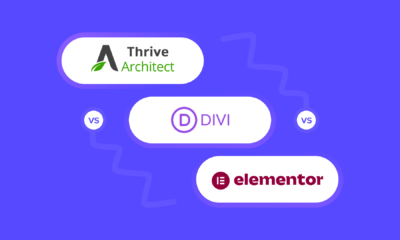
 WORDPRESS6 days ago
WORDPRESS6 days agoThrive Architect vs Divi vs Elementor
-

 PPC6 days ago
PPC6 days ago31 Ready-to-Go Mother’s Day Messages for Social Media, Email, & More
-

 WORDPRESS5 days ago
WORDPRESS5 days agoTurkish startup ikas attracts $20M for its e-commerce platform designed for small businesses
-

 MARKETING4 days ago
MARKETING4 days agoRoundel Media Studio: What to Expect From Target’s New Self-Service Platform










